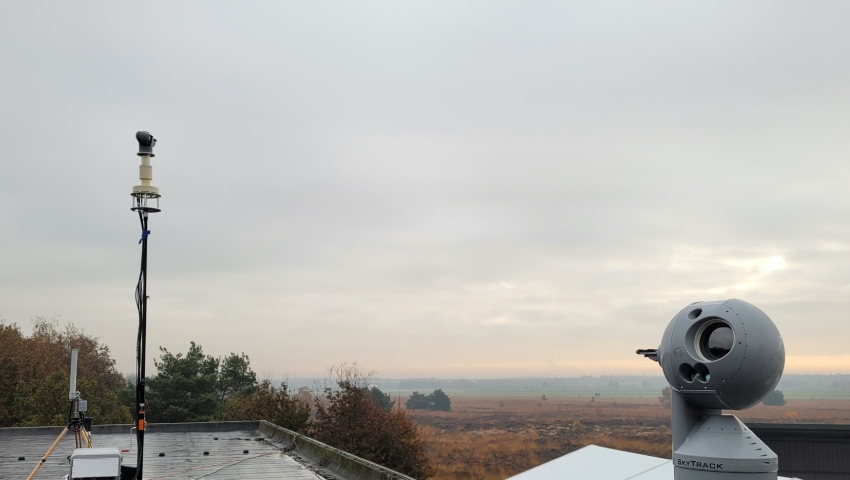An autonomous detection and tracking system has been put to the test during a NATO exercise.
Rohde & Schwarz and OpenWorks have demonstrated the capability of a new autonomous 3D detection and tracking system for use in counter UAS (C-UAS) operations, as part of NATO Technical Interoperability Exercise (TIE) at the De Peel Airbase in the Netherlands.
The system combines R&S ARDRONIS drone detection technology with the SkyAI Autonomous Optical system.
This is designed to locate unmanned aircraft and remote-controlled platforms by leveraging a spectrum analysis approach.
SkyAI sources 2D data from the ARDRONIS output before combining it with data provided through the SAPIENT network from other sensors.
The system then assumes control of any EO/IR camera system to search for the UAS autonomously using real-time advanced AI target classification, locking on to the target UAS and streaming video to the system operator for further threat analysis.
SkyAI combines data from the EO/IR and R&S ARDRONIS sensors to deliver a full 3D location of the UAS being tracked back to the command-and-control system.
The autonomous capability will now be evaluated by NATO via a new "plug and play" standard called SAPIENT (Sensing for Asset Protection with Integrated Electronic Networked Technology).
“It is really exciting to collaborate with Rohde & Schwarz on this exercise and the combination of our technology. We share the same enthusiasm and drive to develop the best performing systems. I know there will be more to come from this partnership,” Chris Down, OpenWorks managing director, said.
Frank Mayer, vice-president – spectrum monitoring and C-UAS, Rohde & Schwarz, added: “The joined C-UAS solution deployed at the NATO TIE exercise met all expectations, thanks to the great collaboration we have with OpenWorks.”









